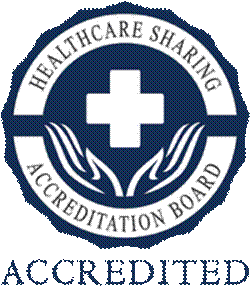Cardiopulmonary resuscitation or CPR is a crucial technique that can save lives in emergencies. Giving CPR to an infant requires special care because their bodies are much more delicate than older children and adults. Here’s how to properly administer CPR to an infant, step by step.
Check for Responsiveness
First, check if the infant is responsive by gently tapping their foot or shoulder and calling their name. If the infant doesn't respond, call for emergency help right away or have someone else call while you start CPR. Time is critical in these situations.
Position the Infant
Place the unresponsive infant on a firm, flat surface. Open the infant’s airway by placing one hand on their forehead and gently tilting their head back. Use your other hand to lift the chin slightly. Be careful not to tilt the head too far back as their airway is delicate.

Perform Chest Compressions
To start chest compressions, position two fingers just below the nipple line in the center of the infant’s chest. Press down about 1.5 inches and let the chest return to its normal position between compressions. Aim for a rate of 100-120 compressions per minute, similar to the beat of the song “Stayin’ Alive” by the Bee Gees. Use only the necessary force to avoid causing injury to the infant’s ribs and organs.
Administer Rescue Breaths
After 30 chest compressions, give the infant two rescue breaths. Make sure the airway is still open by keeping one hand on the forehead and the other lifting the chin. Cover the infant’s mouth and nose with your mouth to create a seal. Give a gentle breath, just enough to see the chest rise. Each breath should last about one second. Avoid giving too much air because the infant’s lungs are small and over-inflation can cause harm.
Repeat the CPR Cycle
Keep repeating the cycle of 30 chest compressions followed by two rescue breaths. Continue this pattern until emergency medical help arrives or the infant shows signs of life, such as coughing, breathing normally, or moving. If you are alone and haven’t called for help yet, do so after two minutes of CPR by quickly dialing emergency services, then immediately return to continue CPR.
Maintain Calm and Monitor
Throughout this process, stay calm and focused. It’s normal to feel anxious, but your actions can save the infant’s life. Remember that God is on your side. If at any point the infant starts to breathe normally, place them in the recovery position by turning them onto their side with their head tilted back slightly to keep the airway open. Monitor their breathing and be ready to resume CPR if necessary.
Learning how to perform infant CPR is a valuable skill that can make a huge difference in emergencies. Consider taking a certified CPR course to practice these techniques under the guidance of a trained instructor. This hands-on experience will boost your confidence and ensure you are prepared to use these life-saving skills if needed. If you child is a toddler, check out How to Give CPR to a Toddler.
Medical City Dallas posted a great video displaying these steps.
As we care for those in need, we are reminded of Jesus' teachings to love and serve one another. In moments of crisis, we can be instruments of God's grace and compassion. By learning and applying these skills, we not only become prepared to save lives but also embody Christ's love through our actions. Trust in the Lord for strength and guidance, knowing that His presence is with you in every moment, especially when you are caring for the most vulnerable.



.png)
.png)
.png)




